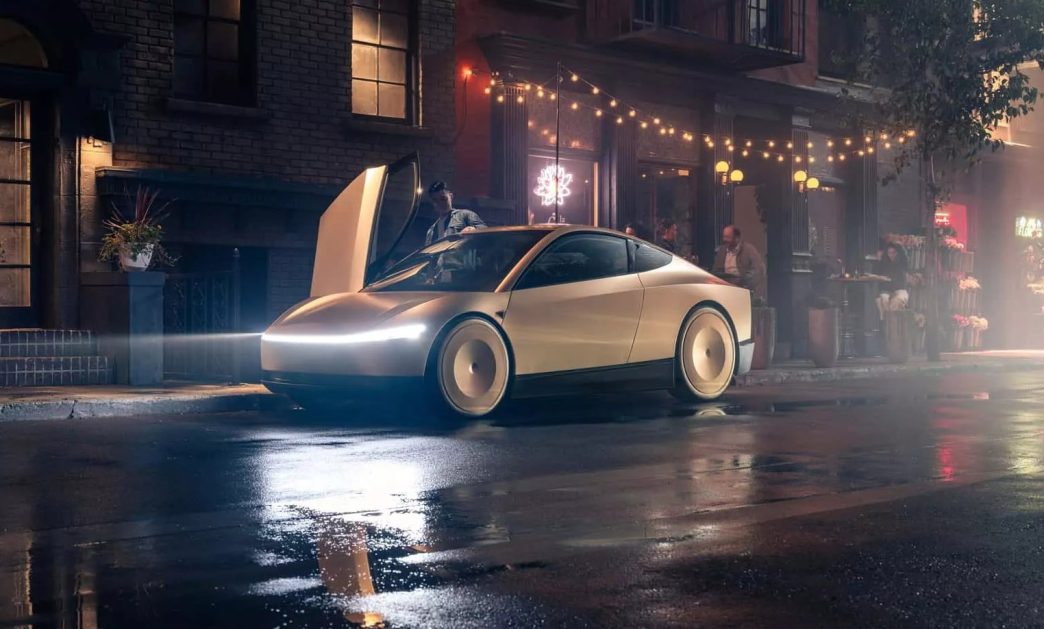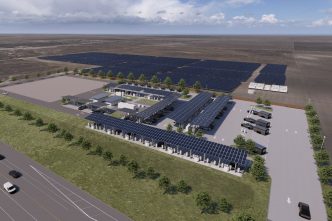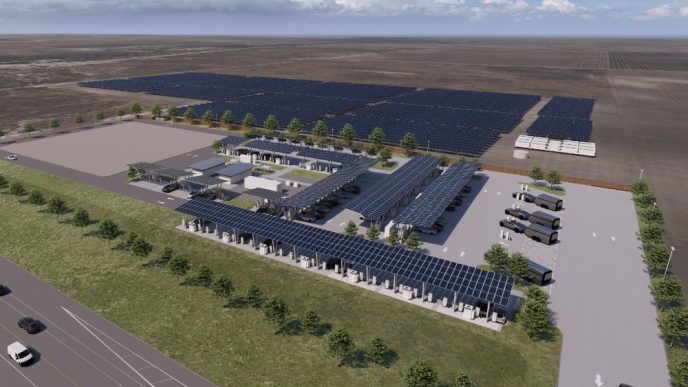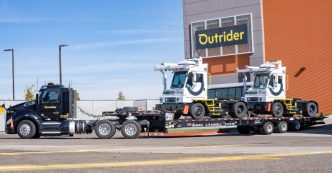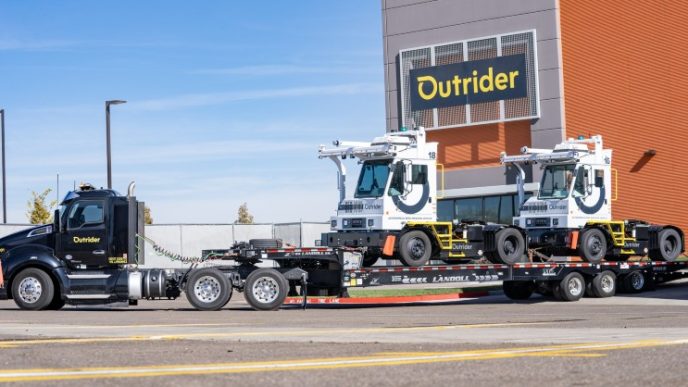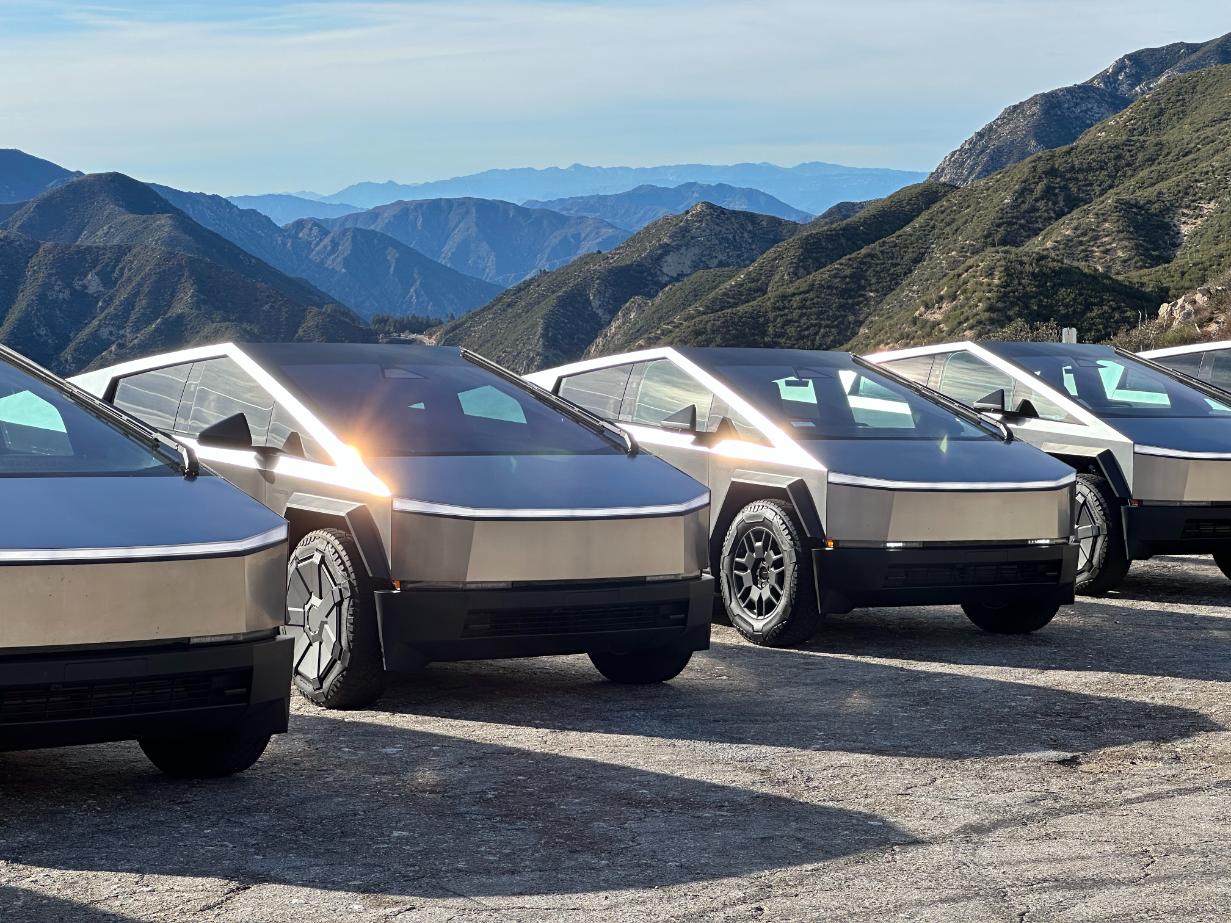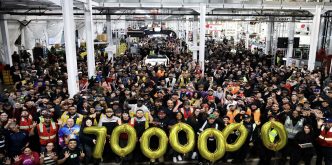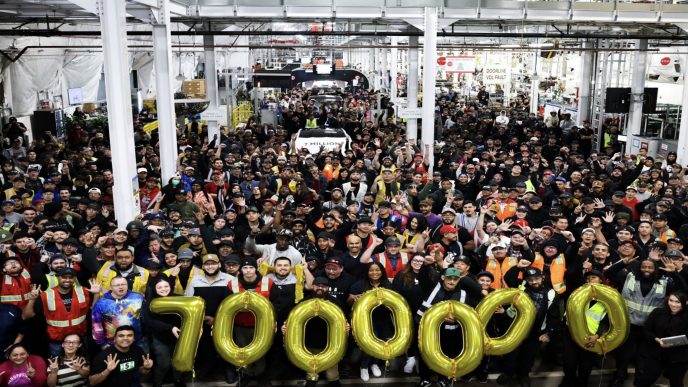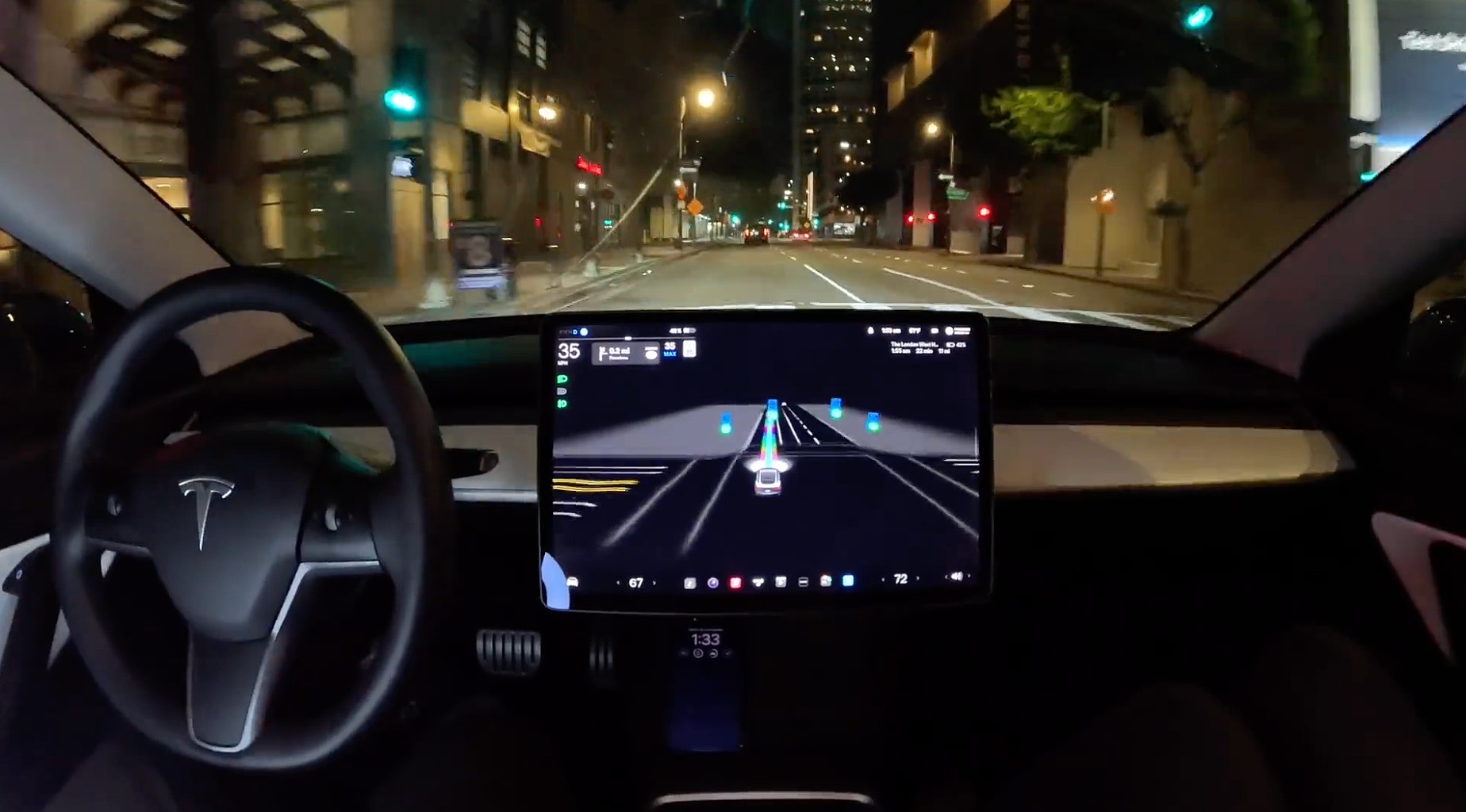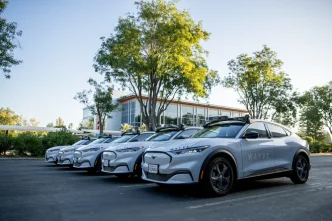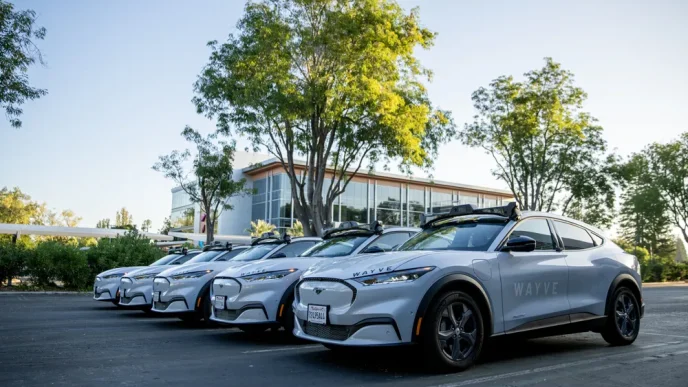Tesla CEO Elon Musk announced on Wednesday that the electric vehicle manufacturer intends to launch driverless ride-hailing services to the public in California and Texas next year. Musk stated, “We think that we’ll be able to have driverless Teslas doing paid rides next year,” during Tesla’s quarterly earnings call. The company currently offers an app-based ride-hailing service, complete with a safety driver, to its employees in the San Francisco Bay Area.
This announcement builds upon a commitment Musk made during Tesla’s recent robotaxi unveiling, where he projected the rollout of “unsupervised” self-driving capabilities in select Tesla vehicles by 2025. However, the lack of a clear business plan for the robotaxi concept at that event led to a significant drop in Tesla’s stock price. Following the earnings report, Tesla shares surged nearly 19% on Thursday, fueled by optimistic sales growth predictions of 20% to 30% for the coming year.
In California, Tesla will need to overcome substantial regulatory hurdles to secure the necessary permits for fully autonomous rides for paying customers. For context, Alphabet’s (GOOGL.O) Waymo, which offers paid rides in autonomous vehicles in locations such as the Bay Area and Los Angeles, spent years logging millions of miles of testing before obtaining its first permit from the California Public Utilities Commission (CPUC), the body that regulates ride-hailing services in the state.
The California Department of Motor Vehicles noted that Tesla last reported using its autonomous vehicle testing permit in 2019, which requires the presence of a safety driver. The agency also confirmed that Tesla does not currently possess a testing permit that allows for driverless operation.
The CPUC clarified that Tesla’s ride-hailing service for employees in the Bay Area does not require a permit, as the participants are not classified as passengers. At the recent robotaxi event, Musk introduced a two-seater, two-door “Cybercab” designed without a steering wheel and pedals, relying on cameras and artificial intelligence for navigation.
Musk acknowledged the regulatory challenges ahead, stating, “It’s not something we totally control,” but expressed optimism by adding, “I would be shocked if we don’t get approval next year.” Ross Gerber, a Tesla shareholder and CEO of Gerber Kawasaki Wealth and Investment Management, emphasized the complexities of working with regulators, describing it as “a very difficult process” that should not be underestimated.
While Texas imposes fewer regulatory requirements for autonomous vehicles compared to California, companies often engage in extensive testing before launching paid services. Musk advocated for a “national approval process for autonomy,” underscoring the patchwork of state regulations surrounding autonomous vehicle deployment.
Tesla’s Full Self-Driving (FSD) system, which forms the foundation of its robotaxi ambitions, has faced scrutiny from regulators. Recently, the U.S. National Highway Traffic Safety Administration (NHTSA) launched an investigation into 2.4 million Tesla vehicles equipped with FSD following reports of four collisions, including a fatal crash in 2023. Despite the challenges, Musk’s vision of a robotaxi fleet contributed to a decline in shares of ride-hailing apps Uber and Lyft, both dropping 2.3% in post-market trading.


